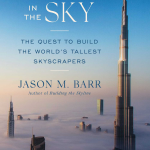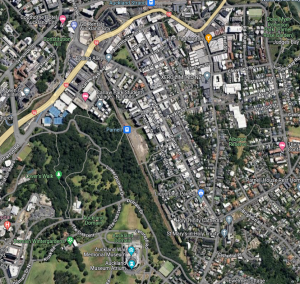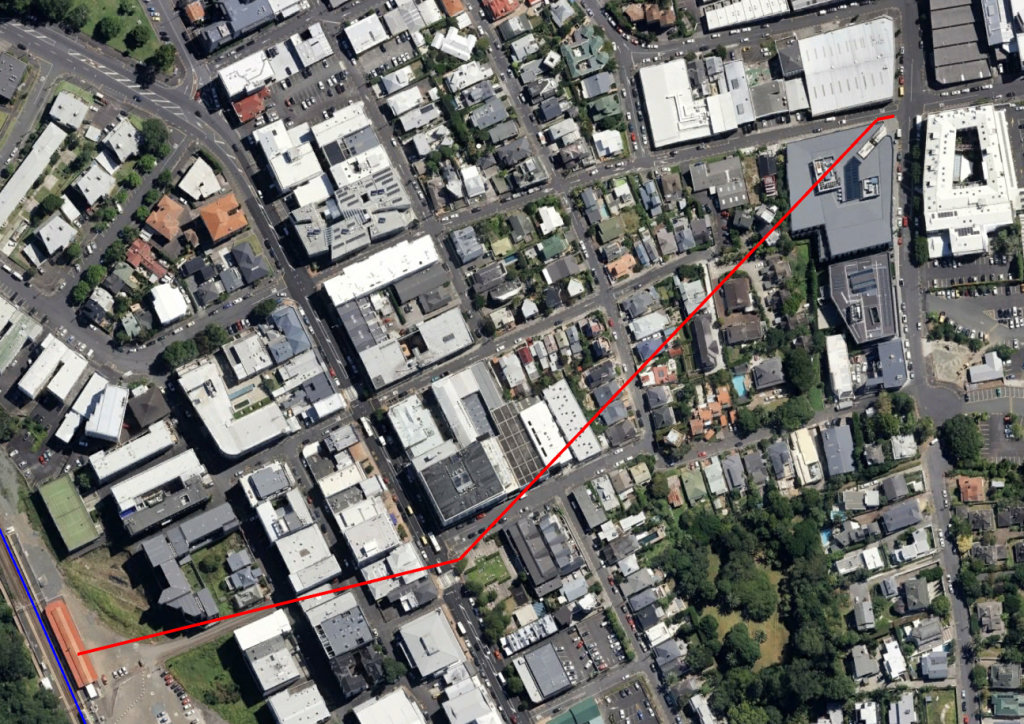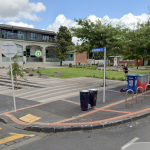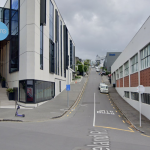The Storage Shift by Steven Ellis
StorageData is critical for business- Requirements are always growing
- Organisations already have existing solutions and relationships
- Three Dimensions of data
- Participants ( dev, ops, product ) all have different requirements and views
- Where did you first store your data?
- As spinning drives have gotten smaller the capacity has increased
- Now people have small local storage and storage is not directly attached
- Storage platforms / API driven storage
- Block vs Files vs Object
- Options for Kubernetes storage.
- CSI operates on all levels
- Able to create an destroy storage at kubernetes speed rather than waiting for storage admin (or even cloud storage API)
- Workload Examples
- Kubevirt and Kubernetes centric but applicable elsewhere
- What about prosumer
- Be careful with clouds except as backups
- zfs and btrfs
- Stephen uses TrueNas
- 3 copies of all data. RAID isn’t a backup
What happened in production?! Instrumenting with OpenTelemetry by David Bell
- A sample problem
- Microservice based system
- What happened in Production?
- Errors up high, response time went bad
- What about the logs?
- 200s and then 500s . What does that mean?
- Kept happening at 2pm every day. Sometimes bad, sometimes worse
- O11y and OpenTelemetry
- Find the internal state of a system just by asking questions
- What about metrics
- Pre-aggregated, No “connective tissue”, Can’t drill down
- Answering known questions, good for alarms, graphs and dashboards
- known-knowns and known-unknowns
- What about Logs?
- unstructured strings
- Many logs lines per piece of work. Maybe with a request-id but not often
- no schema or index So can be quite slow to parse
- structured logs sometimes work
- expensive to store yourself or pay to have stored
- But we should still log – audit logging and security logging
- Tracing is good
- separate tooling from logs and metrics
- often limited fields
- often limited traces to even look at ( just the bad ones)
- OpenTelemetry
- covers metrics, logs and traces
- wide language support and auto-instrumentation out of the box
- Easy to get started
- wrappers and external hooks
- distributed tracing
- Otel Traces
- Traces are Directed Acyclic Graphs ( DAGs) of Spans
- Spans are sort of structured logs with required firlds
- Spans contain many attributes
- Attributes can have high cadinality
- Spans have high dimensionality
- Otel isn’t for everything
- Don’t put you secret data
- Maybe not business logic
- no guarantee on delivery ( sometimes traces get lost )
- No for secuity/audit loggin
- Sampling can be useful
- head-based sampling ( based on head at start )
- rule-based/tail-based grabs all and keeps some that are interesting
- Setup ( for python ) – no code changes
- install a couple of packages. One to gather, one to send
- send in some env variables
- Change docker run command to wrap your existing code
- Setup (code changes )
- Import packages
- Shove attributes into a span in code (see example code in talk)
- Demo of App (using Honeycomb)
Please don’t forget my parents! – Digital Exclusion is happening, so you all better know about it by Sae Ra Germaine
- Various Background Stuff
- Her Parents retired to rural property near outer suburb of Melbourne
- Two phone lines
- Mobile reception only available standing outside of the house
- Wireless point-to-point wireless. Approx 1Mb/s but vulnerable to animals chewing through it
- NBN
- Originally was going to be Fiber to the premises.
- Then got cheaper and fiber-to-the-curb or fiber-to-the-node and copper rest of the way
- Today 98% on NBN but not everybody well connected
- Parents land line got cut off regular due to errors
- Then 3G got cut-off. 4G at parents place doesn’t really work
- Digital Divide
- Everything is now all online ( jobs, doctors, social services )
- Satellite based Internet a lot more expensive than comparable options in cities
- During covid lockdowns they were over 5km from various services which was a problem with movement restrictions
- Libraries had to pivot during lockdows
- wifi hotspots outside, accepting deliveries
- Mobile libraries provide access to government services
- Various other stuff on libraries
Open source voice interfaces in 2025 by Kit Biggs
- Big changes in the last 12 months
- AI has zoomed past inflated expectations and is now in the trough of disillusionment
- Where are we with conversation user interfaces
- What are the steps/software needed for this?
- Get the sound
- Digital microphones are good and do the first rough filtering
- Is somebody actually speaking?
- xiao_respeaker – example software project
- Wake word recognisers
- Commercial software work with a “wake word” ( Hey Siri )
- Used to be hard to do, now easier
- Word recognition just looks for specific words
- Getting better
- Contentious voice recognition
- Also better
- Intent recognition
- Usually hooked in with communication to outside world
- Feedback
- Speech Synthesis is pretty much a solve problem
- Looking at software you can use. Not cloud based
- Wake Word
- Picovoice Porcupine ( non commercial or licensed ) . 16 languages
- OpenWakeWord
- Great docs
- Trains on Synthetic speech
- More than good enough
- Speech to Text
- OpenAI Whisper was leader
- Lots of new ones. Look at Moonshine
- Text to Speech
- Piper is the stand-out, actively developed
- Others mostly good for english-only
- Emotional synthesis is getting better
- Hardware
- Raspberry Pi 4 or 5
- 5 has ability to plugin an accelerator
- Rockchip Arm64 with neural coprocessor
- AI in A Box ( Radxa Rock 5A)
- Raspberry Pi 4 or 5
- Voice on a Microcontroller, the time has arrived
- ESP32 processor is the most common option – $10 each
- Dev board plus microphone maybe for $20 or so
- Can do the wakeword stuff and then stream audio to something with more spec
- How small can you go?
- What can you do with a small board just by itself?
- Speech recognition on micro-controller not there yet but phrase and wake word recognition works
- Glasses display looking almost there
- Can have microphones
- Avoid cameras to avoid privacy concerns


